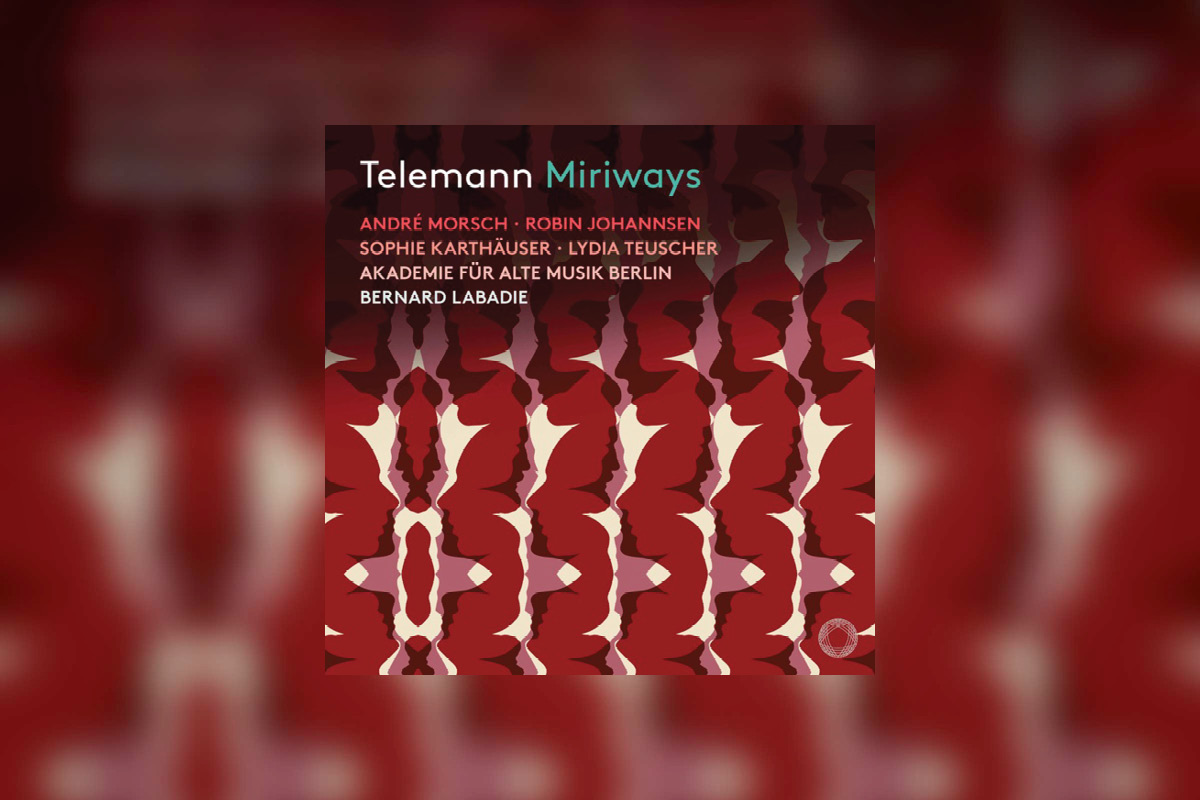Like most examples of Baroque orientalism, librettist Johann Samuel Müller and Georg Philipp Telemann’s lavish opera Miriways isn’t concerned with historical or cultural accuracy. To borrow two terms from the visual arts, it is more capriccio than veduta. But then how many operas even pretend to aspire to truth? Nevertheless, Miriways, first performed in Hamburg in 1728, offered something to its avid audience that set the opera apart from the usual fare centred somewhere in the exotic, distant past: its plot was loosely based on relatively recent events – 1722 – in then-Persia and Afghanistan that even made the newspaper headlines in Europe.

Not that this made for any better accuracy. As Rashid-S Pegah writes in his booklet note, “it’s a fictitious account that could happily turn nowadays into a Bollywood movie”. One assumes he’s referring merely to the garish plot and not to the nationality of the protagonists!
The actual facts concerned the siege of the Shah’s residence of the Persian capital, Isfahan and his subsequent abdication. The Afghan’s leader, who installed himself as the new Shah, was Mir Maghmud Khan Hotak-Ghalzai. But in subsequent news reports, and in Miriways’ story, he...










Comments
Log in to join the conversation.